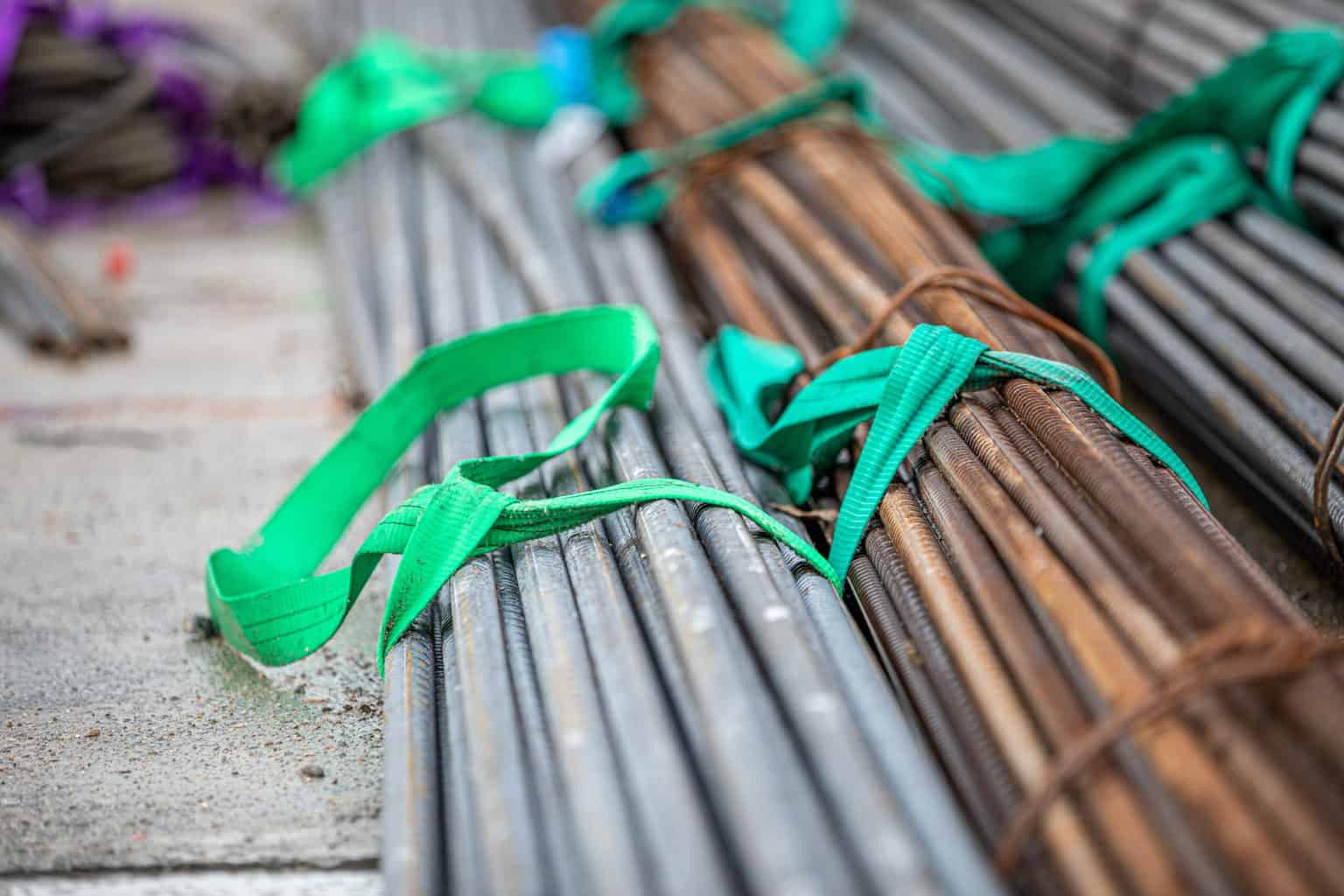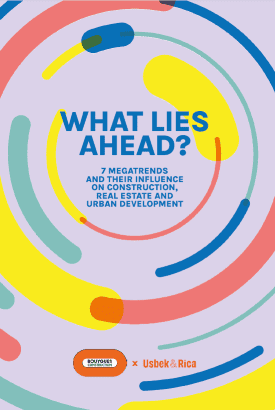
The RE 2020: what are the changes for housing in the future on the French market?
4 minutes of reading
in partnership with

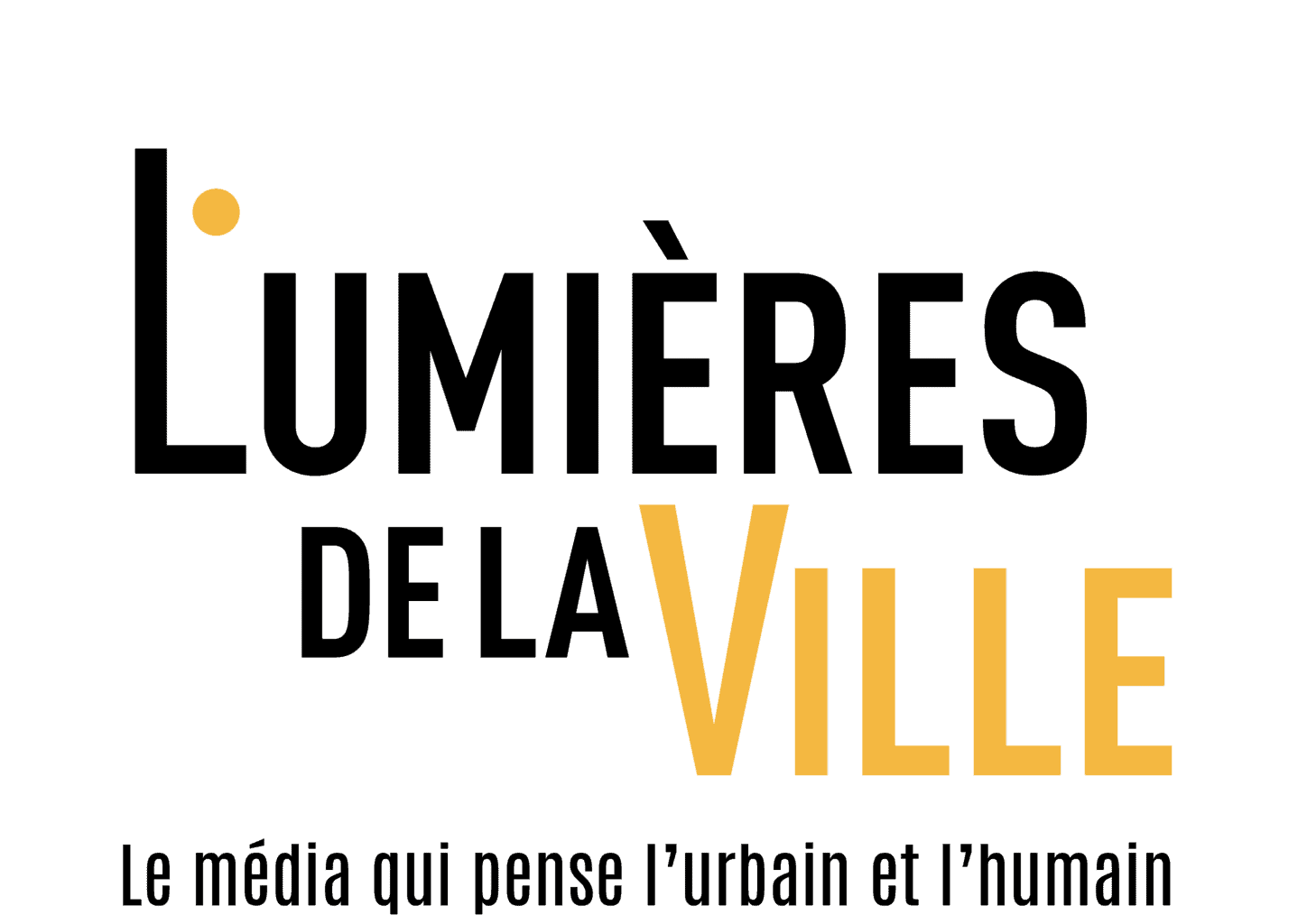
The arrival of the French regulation RE 2020 brings the goal of decarbonised cities even closer. The major new feature of this climate and energy package consists in not only considering energy savings at the level of every new construction, but also in including the carbon footprint in the various impact measures linked to these sites. This approach will not only allow us to transform our construction practices, but will also transform the way in which inhabitants in the future could take ownership of and live in their homes and the wider local area. So, what changes are coming? What are the possible impacts for the construction industry right now? And how will the way in which we live have to change?
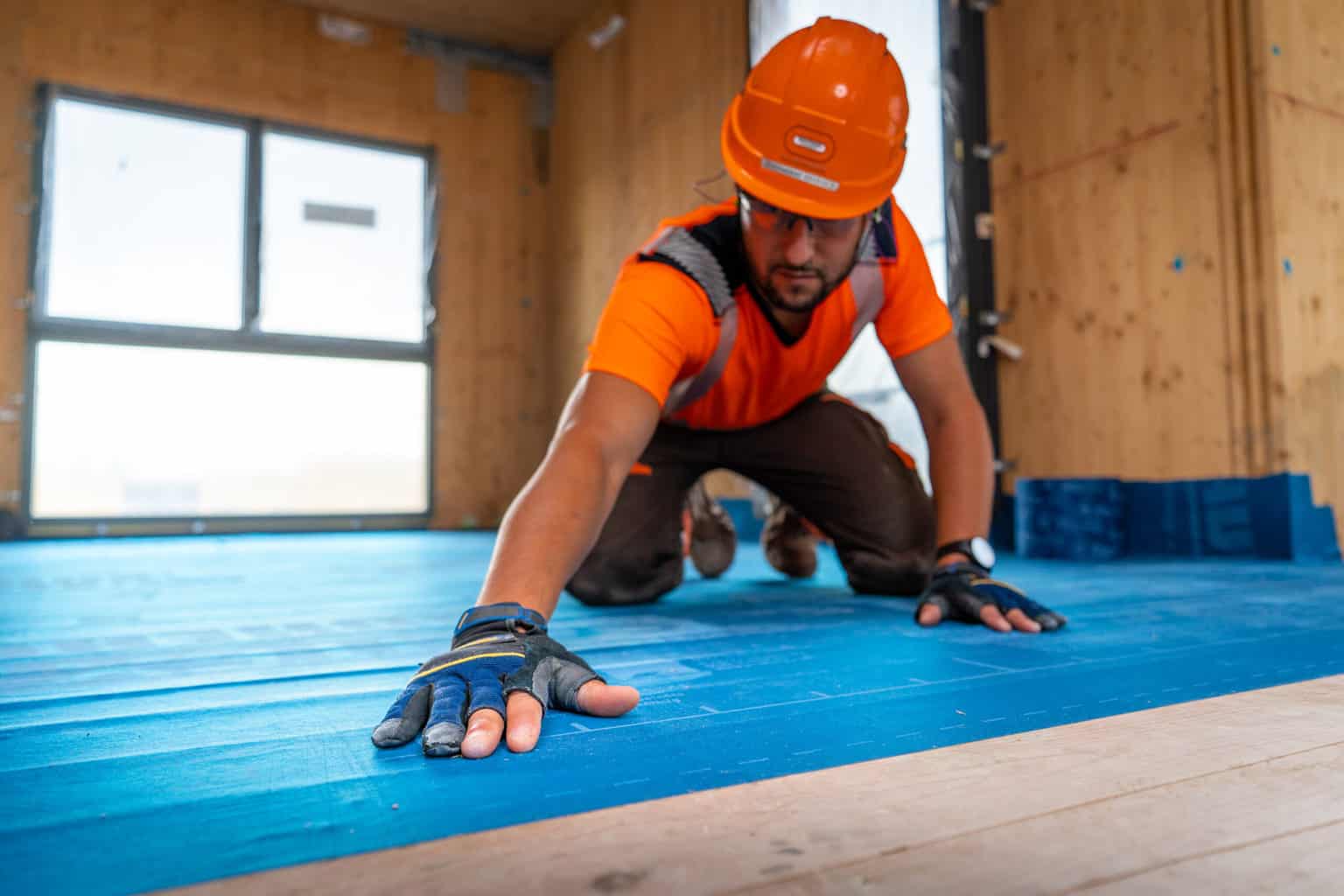
The RE 2020 – what are the changes?
This new regulation, which replaces the old RT 2012 on 1 January 2022, aims to reduce the carbon footprint of new buildings over their estimated 50-year life cycle. Although the construction industry still remains the most energy-consuming sector in France (45% of all consumption) and despite the measures taken by key players in the industry over the past years, the new 2020 regulation is now intended to address the climate and not just matters concerning energy consumption. It is therefore an essential lever in the fight against global warming and could make achieving the objective of carbon neutrality in 2050 a possibility.
To achieve this reduction in greenhouse gas emissions, all areas of the construction industry must reassess their construction methods as the building sector alone accounts for 40% of present gas emissions due to both the materials used and all the construction phases involved in construction. To support changes in professional practice, the RE 2020 package sets out three key targets:
The RE 2020 is very different from the RT 2012 in terms of its environmental approach. This is taken into account to a greater extent and in greater depth. With the arrival of these regulations, construction methods with low greenhouse gas emissions are encouraged through the promotion of eco-design, right down as far as in the choice of materials and equipment. Therefore, it seems clear that in the future we will have to find the means and processes which favour the use of bio-based materials, such as straw, hemp and wood, which are considered capable of ‘storing’ CO2. The environmental impact of each material, piece of equipment and unit of energy consumed is assessed in a building’s Life Cycle Assessment (LCA).
- constructing more environmentally-friendly housing by reducing their carbon footprint through the choice of materials used and their implementation
- reducing energy consumption in buildings through the use of bioclimatic solutions.
- improving the thermal comfort of housing, particularly during summer heat waves
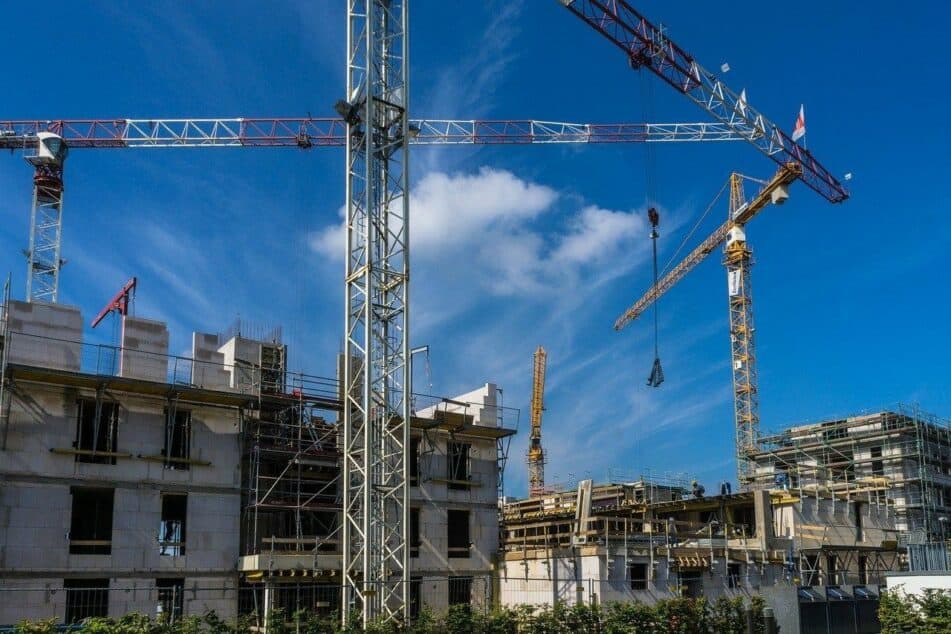 This approach for decarbonising buildings throughout their lifespan, from their construction to their deconstruction, involves management of each of the stages in their life cycle and creating a common objective for the whole sector as a result, i.e. from the manufacturer to the project manager to the construction worker, and from maintenance to parties involved downstream in deconstruction and recycling. The common goal is to improve the quality of construction and future use by adopting environmentally-friendly materials and construction methods.
This approach for decarbonising buildings throughout their lifespan, from their construction to their deconstruction, involves management of each of the stages in their life cycle and creating a common objective for the whole sector as a result, i.e. from the manufacturer to the project manager to the construction worker, and from maintenance to parties involved downstream in deconstruction and recycling. The common goal is to improve the quality of construction and future use by adopting environmentally-friendly materials and construction methods.
Increased comfort for future inhabitants
The RT2012 was largely inspired by previous experience with the low-energy building (BBC) accreditation. In a similar vein, in 2017 the State launched the E+C- trial to identify buildings which were both low-energy and low-carbon. This served as a starting point for developing the BR 2020. Thanks to this environmental regulation, France has increased its production of positive energy buildings, known as BEPOS. In other words, these are future new homes built so that they produce more energy than they consume. Since 2018, the E+ C- accreditation has recognised buildings which produce more energy (E+) than they consume (C-). Building using a BEPOS approach involves using renewable energy, biodegradable, geo-sourced and mixed materials such as wood instead of steel, using thermal insulation to guarantee sustainable energy efficiency, in particular by insulating the roof or attic, using eco-responsible and sustainable means of ventilation, and using a heating system which consumes biomass fuel such aswood pellets. Managing an increased level of comfort in buildings being built is therefore what lies behind these new objectives. The past couple of years have been characterised by climate and health crises which have often highlighted the fact that the built features of dwellings have not met the expectations of users. Hot summers and cold winters are forcing us to compensate for heat loss in housing by consuming more energy. In view of increased climate change, the RE 2020 calls on us as stakeholders in local areas to rethink the design of housing in order to make it more energy and heat efficient.Looking beyond construction to use – moving towards greater frugality?
As the saying goes ‘the cheapest and least polluting energy is energy you don’t use’. This principle could in fact be applied to the Négawatt approach which has been in existence for several years and concerns energy consumption. However, we must now broaden this to include the consumption of all natural resources and carbon emissions in order to really give ourselves the means to move forwards towards achieving greater frugality in the construction of cities and their usage. As key payers in creating sustainable regions, we are responsible today for the structures we create for future generations. In this respect, it is a question of rethinking our processes and, more broadly, designing future dwelling spaces from the perspective of frugality, city management and the energy cost of their use and deconstruction. We must nurture a complete life cycle using low-tech solutions based on the intelligence of designers and users. Although the RE 2020 introduces a new perspective on the environmental requirements to be adopted in the coming years, balances still need to be found. Paradoxes still need to be explored, whether they are on the scale of a building, a district or city, and on how future users accommodated in the buildings change. For example, it may happen that some buildings are less decarbonised at the time of construction but turn out to be more decarbonised once in operation. Although the RE 2020 aims to be concerned with the carbon impact of a building throughout its life, it would be interesting to take into account criteria for secondary uses (mobility, biodiversity, agriculture, etc.) in addition to those for primary uses (heating, entertainment, food, etc.) during the life of the building. The aforementioned are often more environmentally damaging than the construction itself. So, for the next few years should frugality not be the main watchword? The architect, Philippe Madec has been leading the frugality movement for several years. He has been asking us to re-examine our construction methods in order to respond to a global challenge i.e. that of economising (on materials, energy and technology), all with a view to the well-being of the inhabitant. He himself has defined this as ‘happy’. The challenge is therefore not only to respond on an individual basis to the realities of implementing the RE 2020, but to go beyond this and examine all the links which make up the construction ecosystem. In this way, a more beneficial coordination of the trades involved can be achieved to overcome current blockages with the overall goal of achieving considerable environmental benefits. Beyond this first issue, the question of uses remains central because the way in which buildings are designed today could prove decisive in the future in the development of more beneficial uses which, in turn, could create resilient regions. This is our responsibility.Most read
More reading
Read also

Article
20 minutes of reading
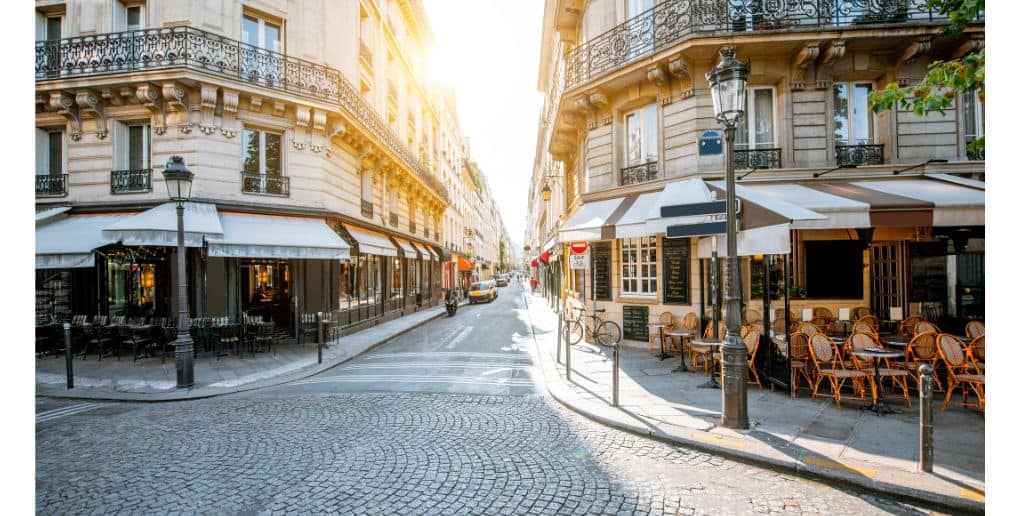
Energy
in partnership with


‘Paris at 50°C’: a fact-finding mission to prepare Paris for future heatwaves
Article
2 minutes of reading
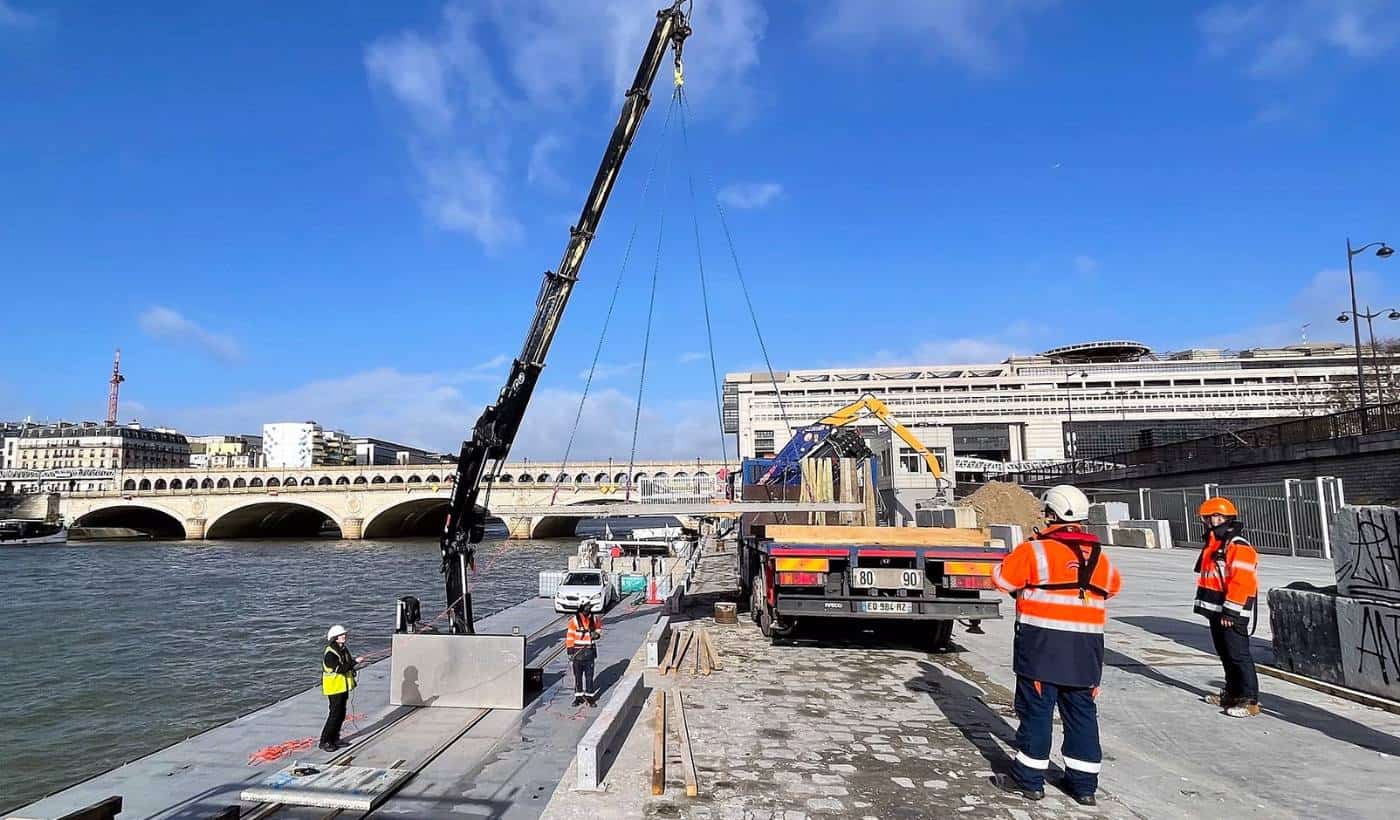
What if your sites were supplied via rivers instead of roads?
Article
3 minutes of reading
